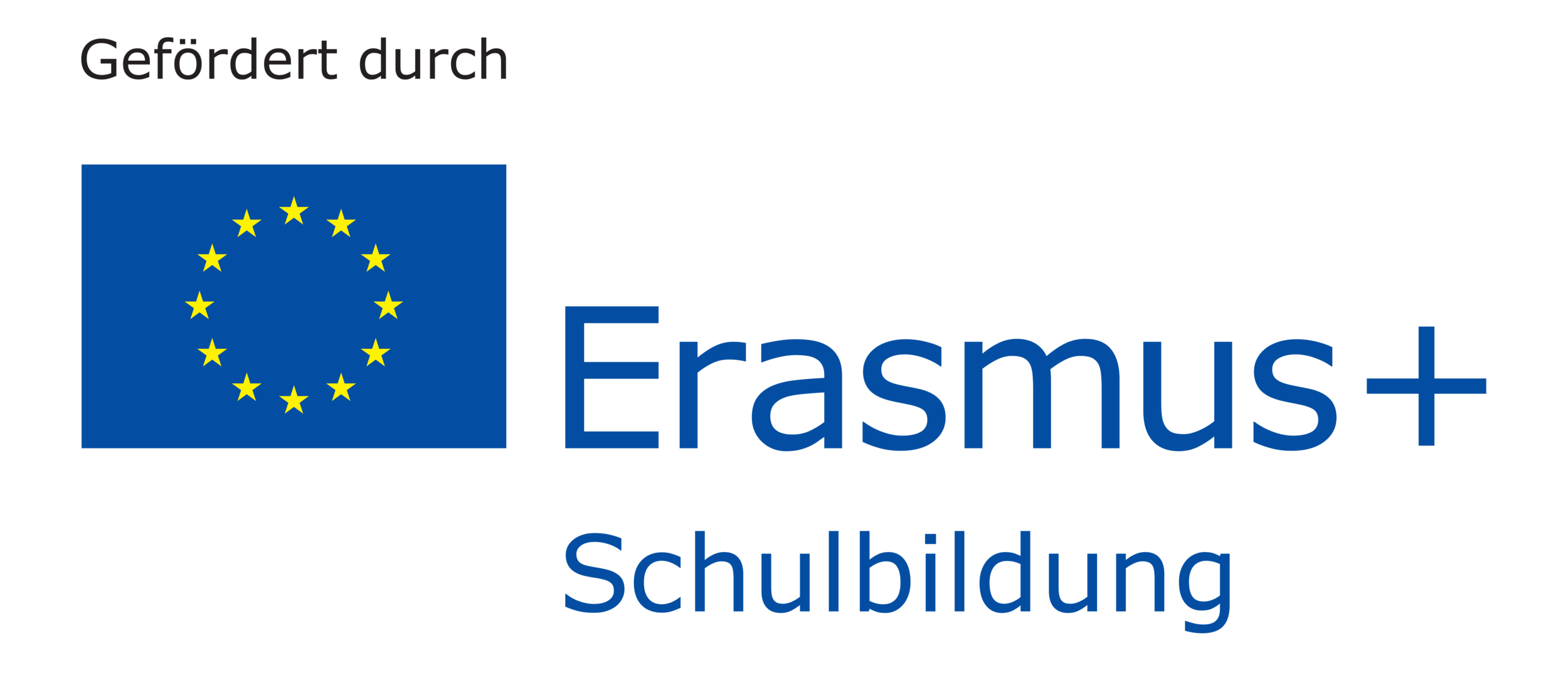Children’s Literature
Children’s literature can be an excellent starting point for discussion celebrating the differences and similarities of different groups of people. By using texts that feature diverse characters and settings we can hope to foster the values of tolerance and mutual respect that are needed to function in modern society.
It is important that educators consider a wide as possible definition of diversity when reviewing the texts they make available in their classrooms. The power of literature to develop tolerance can be used to develop Dina`s understanding of and exposure to a range of different groups. A study in 2006 found that reading stories that showed characters with disabilities developed improved attitudes and acceptance towards others with disabilities among its participants (Cameron & Rutland, 2006).
Educators who are mindful of the nuanced message respectful and empathetic stories may convey to children can provide a counter-narrative to exclusion by providing books with sensitive and emotional balanced characters and those that challenge stereotypes.
Children are read and explore picture books repeatedly therefore the messages, including those that are implicit, are repeated. This further emphasises the need for quality diverse literature (Burke, 2013). Furthermore, educators want to ensure that the diverse literature they select does not perpetuate negative stereotypes of already marginalised groups (Symeonidou & Loizou).
By ensuring books feature diverse characters we can begin to foster values of tolerance, understanding and respect. This is particularly important in a time where we live in a world that is evermore multicultural and diverse (Esteves., 2018).

